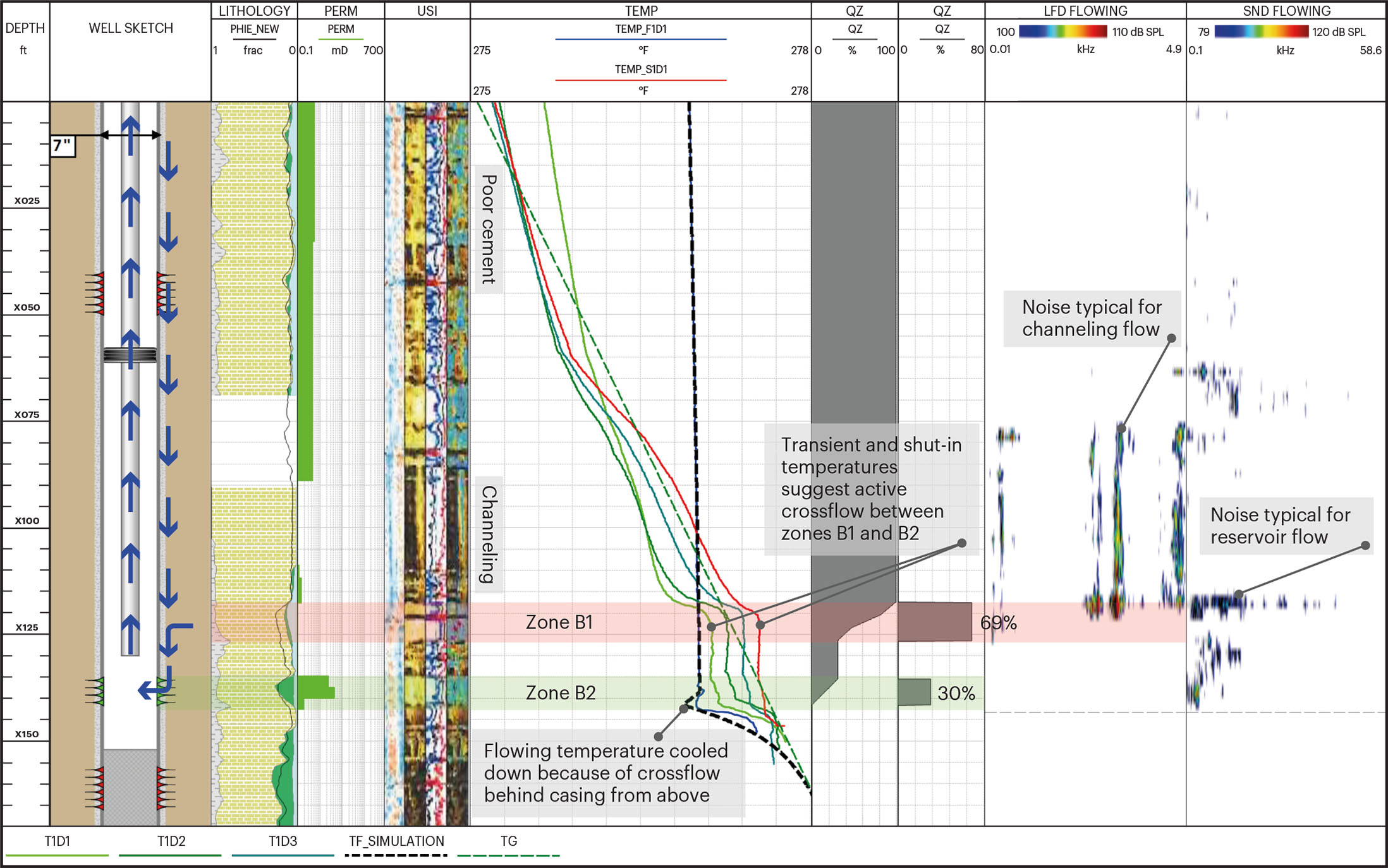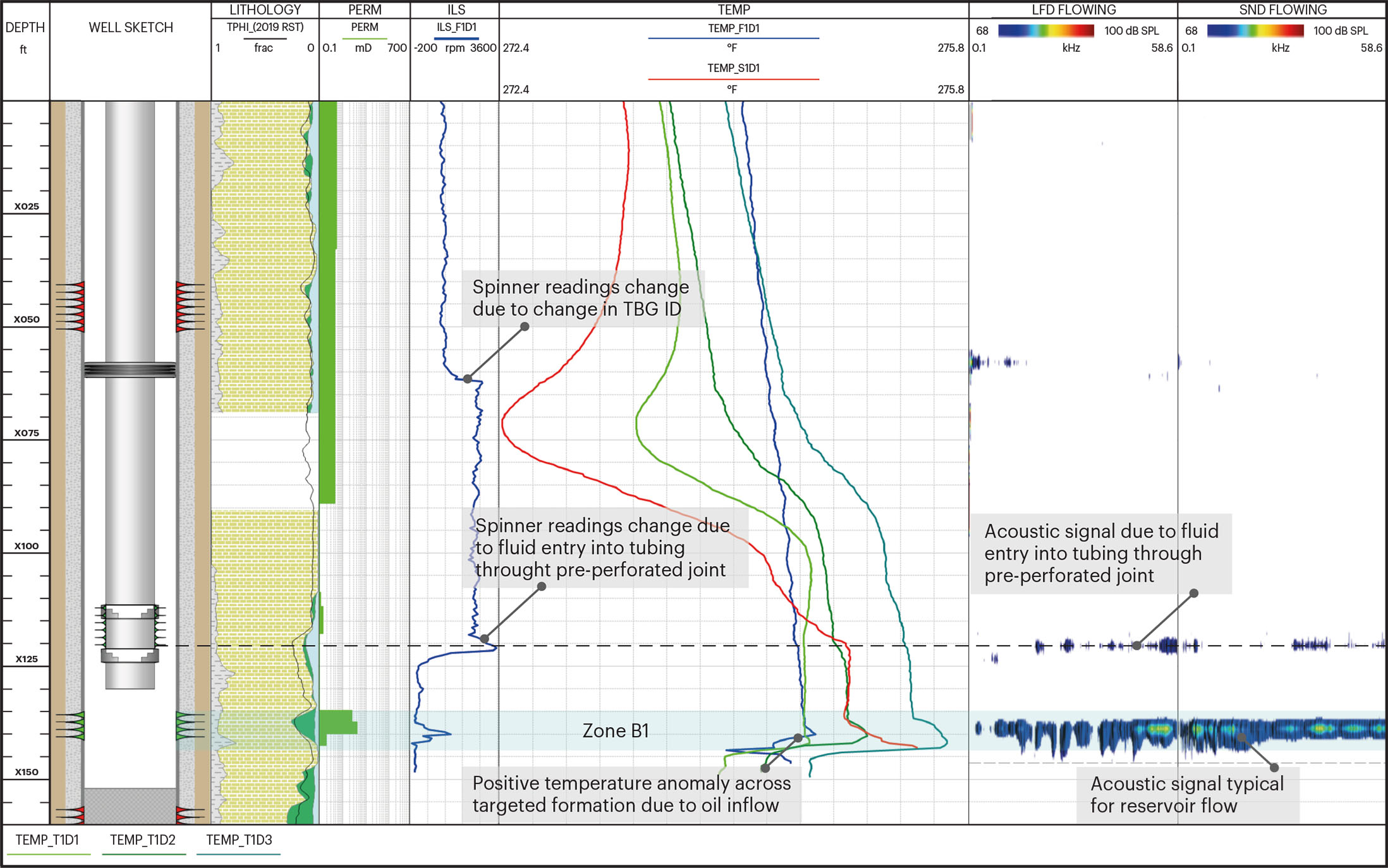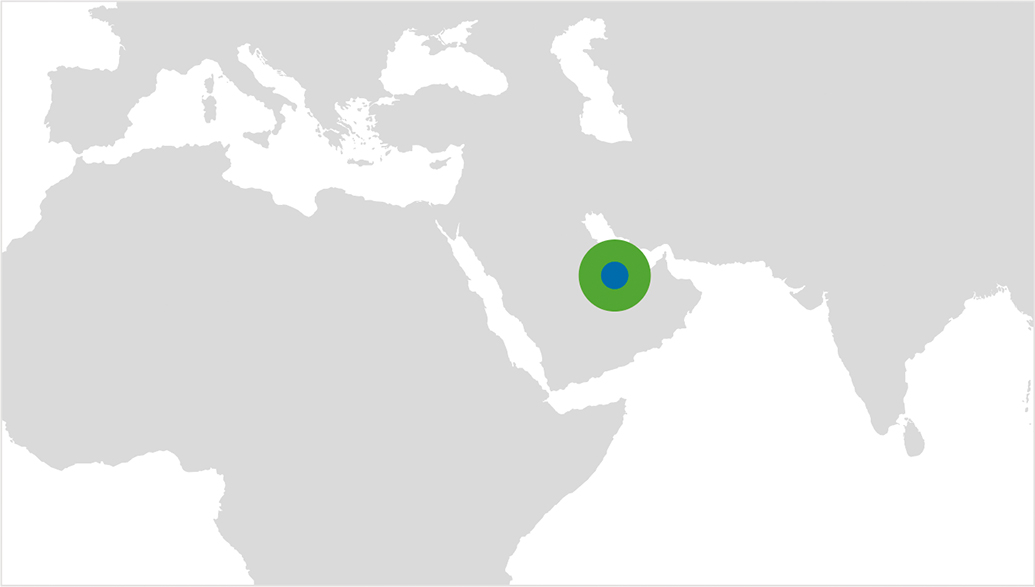High water cut in producing wells leads to unnecessarily high carbon dioxide emissions and increased carbon-per-barrel rates. Managing, treating, and reinjecting or disposing of excess water requires large amounts of energy, making water cut reduction a key area for performance improvement. Well OP-1 was completed in 1971 as a vertical oil producer and it features a large number of perforated zones from numerous campaigns over the course of its operational history. The oil production rate was approximately 100 bpd, which was considered uneconomic, and the operators decided to switch the completion zone to boost production and enhance recovery from the field.
Following a workover in December 2018, the well was put back on production from the new completion zone (B2), but unexpected water production was observed. The total liquid rate was more than twice the projected level and the water cut was about 80%. The production gas–oil ratio at the separator was lower than expected when compared with a PVT analysis of the B2 zone in a nearby well. Furthermore, water analysis results for well OP-1 were close to the existing results from other completion zones, which indicated substantial water entry from an unknown source.


